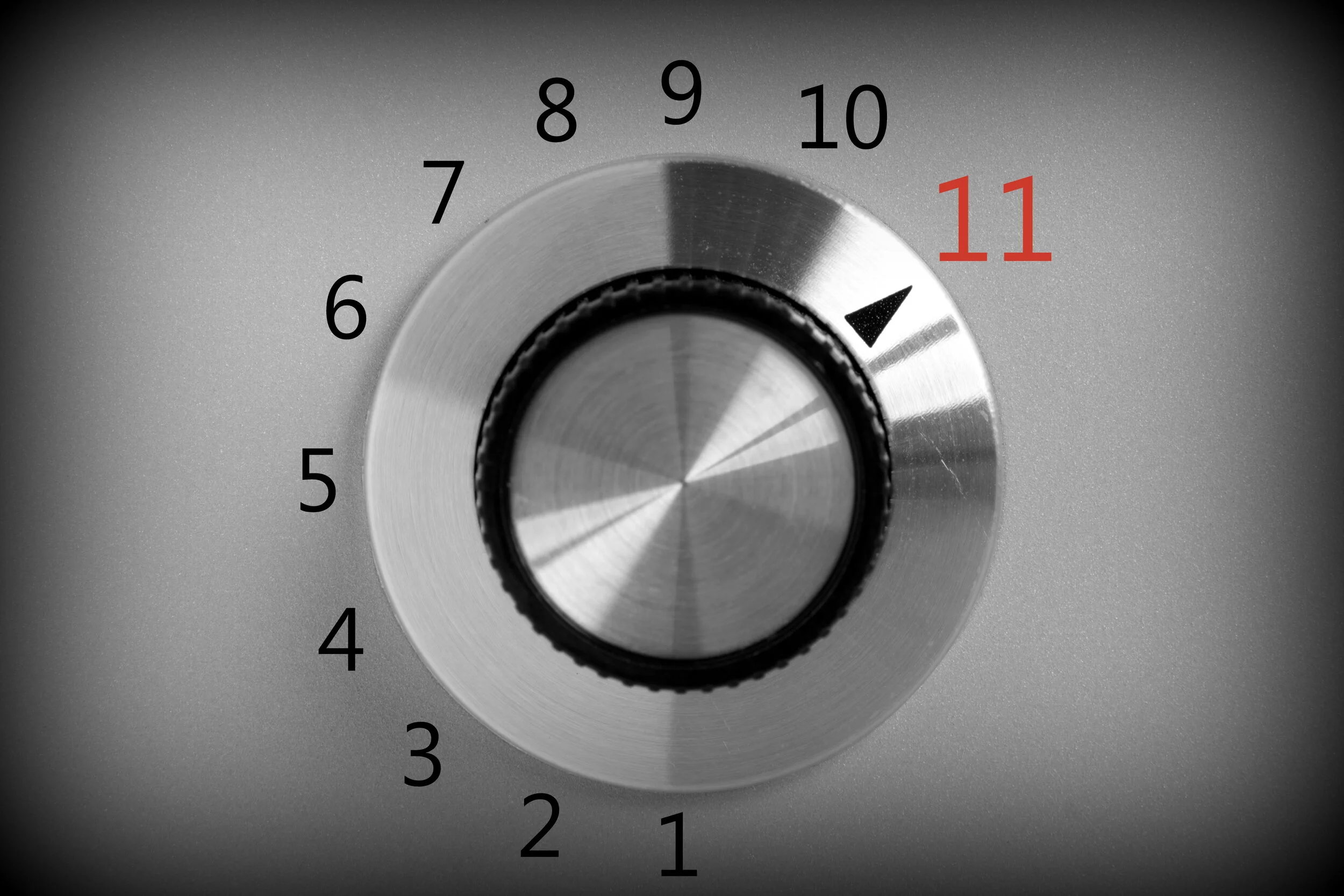-- paraphrased from Spinal Tap
Well, 13, actually. Shortly after I started my hiatus, I got my thirteenth diagnosis – plantar fasciitis, a painful inflammation of the ligament that connects your heel to your toes. I’m not sure it’s chronic. It might just be recurring. But it stems in part from a large bone spur, so unless I have surgery, it is likely to return. (The other parts are pronation and flat feet, which got a lot worse during the pandemic because I wore shoes a lot less.)
I had already self-diagnosed by the time I went to the doctor. When I got back to exercising in February, I started having pain in a very localized, half-inch area on the inside of my heel. I ignored it until it became more than a nuisance. Then I called for an appointment to confirm what I suspected and start a proper course of treatment. It was not lost on me that after being paralyzed and dealing with severe peripheral neuropathy (diabetic nerve pain) when I was 20, this was the third hit to my mobility.
Plantar fasciitis is quite common, so the appointment with the podiatrist was quick. It was a private practice, so x-rays only took about three minutes. The treatment decision would only take about that long, too, which is unusual for me. I like to mull things over until I am sure. But there are two things I decided a long time ago, so they are solid unmovable points – no cortisone shots because they only delay the inevitable, and nothing invasive unless there is no other choice and the need is immediate. (I have been putting off cataract surgery and hand surgery for a really, really long time.)
The doctor presented me with three options: surgery, cortisone shot, and a combination of non-invasive treatments. Considering my existing mind-set, it was an easy choice, except that it wasn’t. The non-invasive treatments were icing the area to lessen inflammation, custom orthotics to provide proper arch support, laser treatment to treat pain and encourage new cell growth, and a medication that combines ibuprofen and Pepcid, which would treat pain through super strong anti-inflammatories.
The two issues that gave me pause were cost – the laser treatment wasn’t covered by insurance and we weren’t sure if the orthotics would be, and that the medication was contraindicated for two of my other conditions, hypertension and kidney disease.
My anxiety level was pretty high as I considered how to approach it. Cost was the simpler of the two. I have always taken advantage of having a health savings account (HSA) for occasions like these. It allows me to save pre-tax funds for expensive medical treatments, and I can’t imagine a world where the possibility of no expensive medical bills exists for me. Paying $1,000 in one go made me a little queasy, but I didn’t see an alternative, and I knew the account could cover it. So, I took the plunge, and later got a refund when insurance paid for 60% of the orthotics. Yay!
The contra-indication of the medication was a different story. The doctor gave me some samples and a prescription, but I delayed taking it. I had been able to get along without it until the appointment, so I could go a little longer. While I thought about it, I gave my endocrinologist a heads up and I told her that I would start small, with a half or quarter pill and increase as necessary. It was not a drug that worked based on accumulation, so it could be used as a regular painkiller. There was no need to take it regularly. When I went in for my next laser treatment, I let the podiatrist know my plan, which he approved, and in the end, it’s been six weeks and I haven’t had to take any. I use ice as my painkiller instead, although icing too much can be bad, so I will be careful to not over-numb my foot.
It seems to be working – the laser treatment has had a significant effect and while I don’t wear the orthotics all the time, it’s enough that the pain has lessened to stiffness more than anything else, which is preferrable any day of the week. I expect that the pain will continue to improve. However, the causes of the plantar fasciitis have only been partially addressed. There is a significant likelihood that it will come back. I will deal with it then.
This was a successful, relatively straightforward treatment of a condition. It was much faster than my usual process, but I don’t feel that I would have done anything differently with more time. One of the reasons for that was trust. While I did not know the podiatrist as well as I know some of my providers, he was recommended by the one I know best. Because of that, I knew that he wasn’t going to try and railroad me with what he thought was best, that he would take me seriously and answer all of my questions. Without that element of trust, this would have been a much more difficult, stressful process, and it may very well have turned out differently, like if I had to damage my kidneys with medication in order to treat my feet.
As it stands, I’m ok with going to 11. Er, 13.

